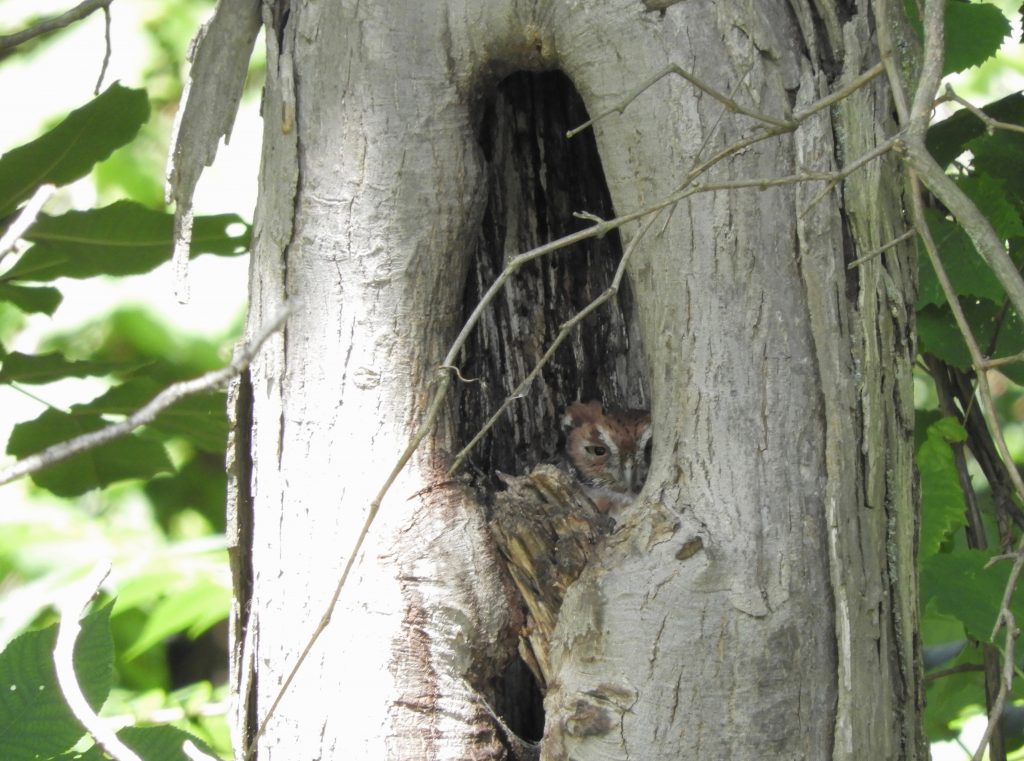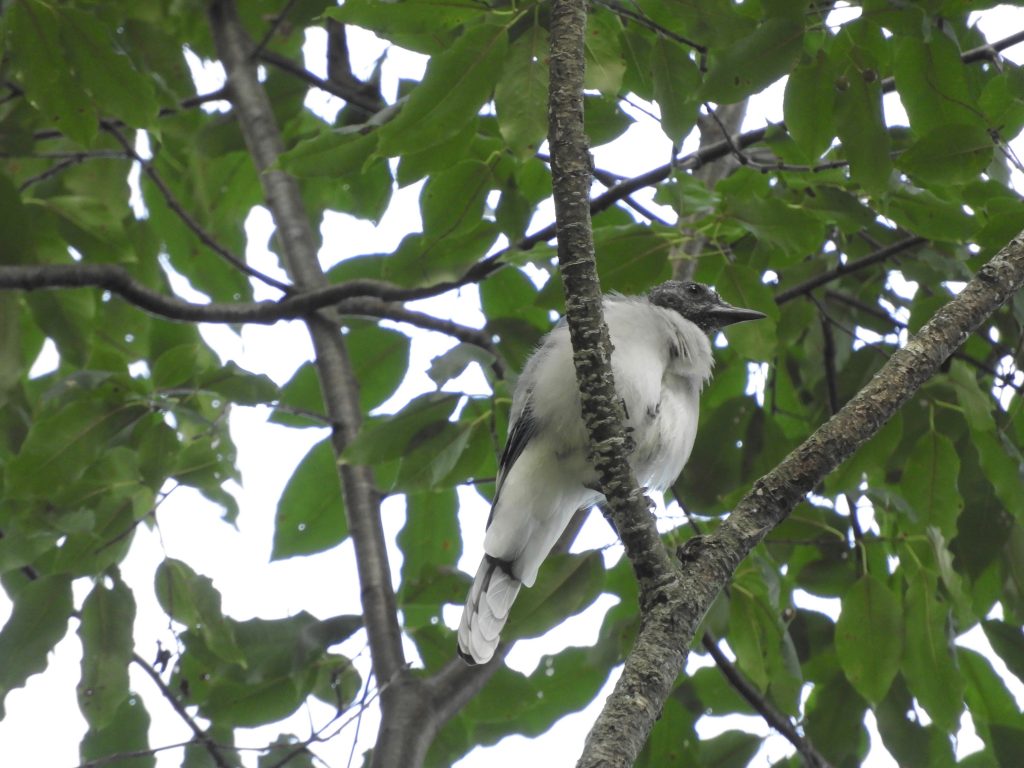August 23 2019. Hendrie Valley, Burlington, ON. A non-birder friend asked me long ago if I would take him birding some time. I’m happy to share the pleasure but whether the outing is a success or not is a bit hit and miss; I know there’s always something interesting, but does he? Just curious as to expectations, I asked my companion how many species he thought we might see; he shrugged, no idea. Thirty to thirty-five I suggested, his eyebrows lifted in surprise; in the end we hit thirty-two, not bad.
Our unsurprising (to me anyway) list included Hairy and Downy Woodpeckers, noisy chattering groups of Red–winged Blackbirds, a Great Blue Heron, Great Egret, Northern Flickers, Mallards and Wood Ducks. Not so expected and very welcome were two Trumpeter Swans, a Green Heron, Eastern Wood Peewees and a Blue–gray Gnatcatcher. It’s hard to find a compelling way to describe a peewee that’s all but invisible against the forest background or a tiny, endlessly flitting, gnatcatcher, but I managed to convince him they were there even if he couldn’t see them.
The morning had its excitement, even to a non-birder, when a hungry Cooper’s Hawk came onto the scene. The arrival of a predator prompts subtle but discernable reactions among exposed, would-be prey species: someone always utters a long drawn out weeeee alarm whistle and the vulnerable scatter for cover or freeze where they are. We watched the Cooper’s Hawk emerge from a gap between two cedar trees and make a fast and purposeful dive at a Spotted Sandpiper who had been minding its own business on a muddy shoreline. The sandpiper did something I’ve never seen before, it skipped aside and plunged, fully submerged into the waters of the creek, it was under water only momentarily but long enough to evade the Cooper’s Hawk who swept past, climbed and banked away. That evasion of attack can only be an instinctive reaction, Spotted Sandpipers aren’t aquatic, they don’t swim, they don’t dive, they’re not built to be in the water; at least I didn’t think so until today, something new. The Spotted Sandpiper was my hero and My Bird of the Day.

There was more: I pointed out an Eastern Screech Owl roosting in a large cavity in the trunk of a Shagbark Hickory and a little later we saw a bald Blue Jay (another first for me I think). Other than among vultures, ibises and the like, baldness is not something you associate with birds, but adult birds all moult in late summer and every year I hear reports of bald Northern Cardinals.
Cornell Lab of Ornithology says “Blue Jays of all ages have a “bald stage” in which all capital-tract feathers are dropped nearly simultaneously.“ And this Audubon article explains moult baldness suggesting that it most frequently affects juveniles. Baldness is not flattering to a bird and does complicate field identification of a bird right overhead. This is how it looked to us, I’m sure its mother still loves it.
